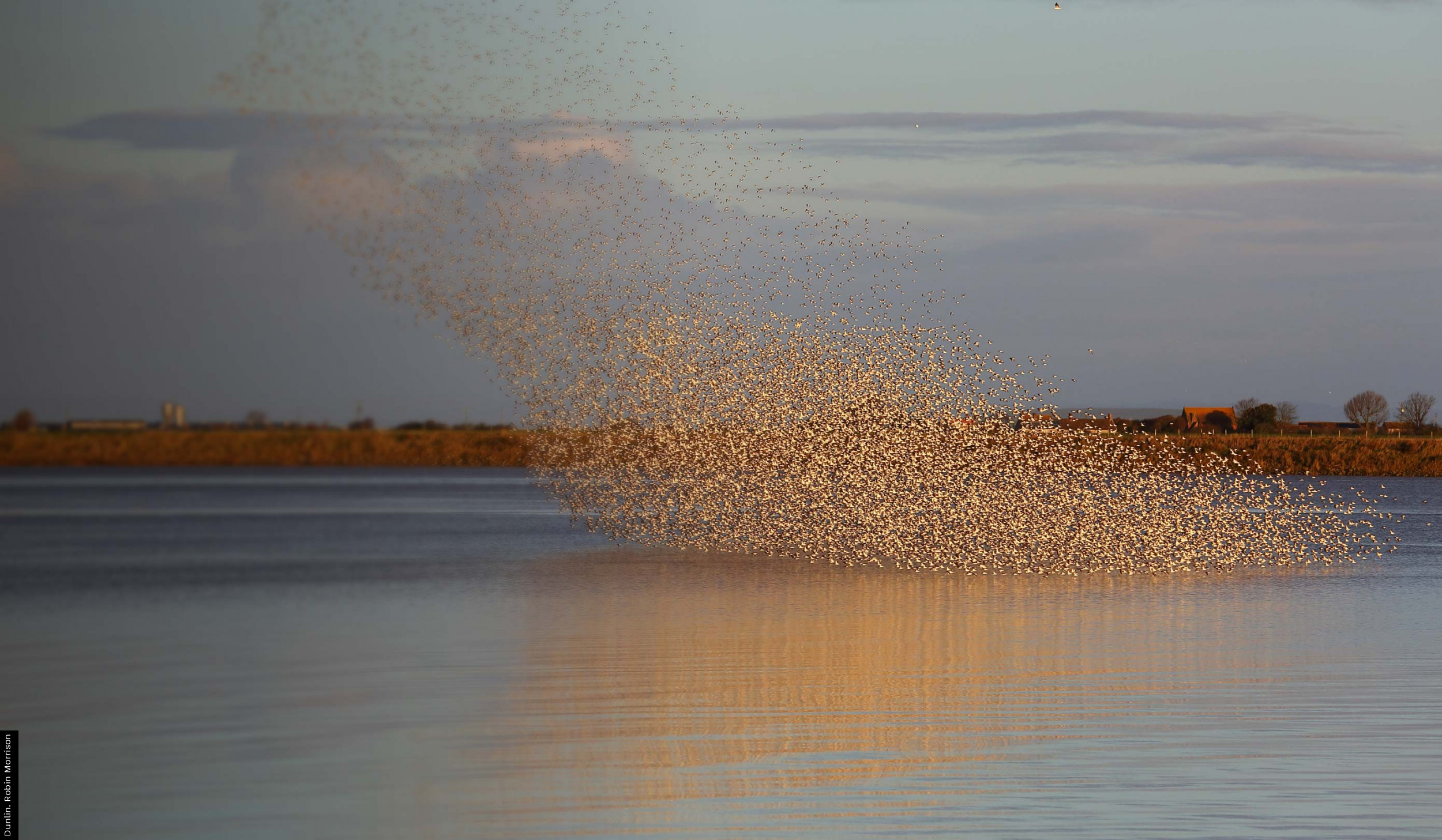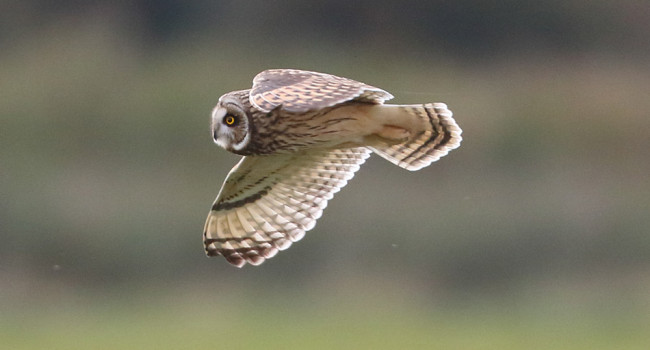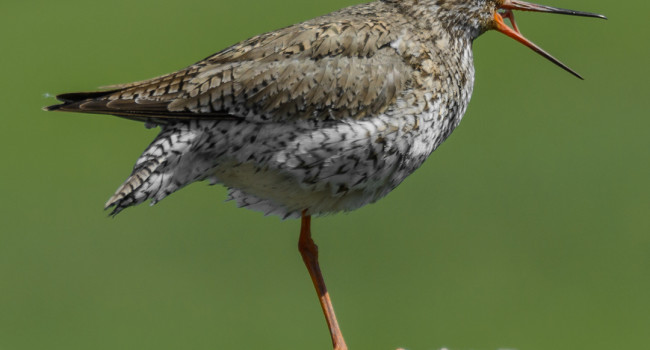John Calladine
Senior Research Ecologist
John is responsible for managing, developing and undertaking research projects relevant to Scotland, in particular the development of BTO Scotland’s portfolio of studies related to forest and moorland management.
Interests & Responsibilities
- Direct and extensive experience of working on a range of applied conservation research and survey projects.
- Extensive experience of interpreting survey results and reviewing for applied conservation purposes.
- Involvement with practical land management issues and how they influence nature conservation interests.
Recent and current studies include: (i) long-term monitoring associated with moorland management; (ii) the bird communities in new native-type woodlands; (iii) bird-habitat relationships and the influence of restructuring the interface between conifer plantations and moorland and other aspects of plantation management; (iv) the development of survey methods for the monitoring of Short-eared Owls and for birds of alpine habitats in Scotland; (v) bird communities in short-rotation forestry energy crops; (vi) population changes in breeding waders on machair; (vi) reviews of the populations of predatory birds and the ecology of urban gulls in Scotland; (vii) studies on the winter ecology of some seed-eating birds; and (viii) studies on upland habitat selection by breeding Whinchats.
Other Information
An active bird ringer Honorary Lecturer in the School of Biological & Environmental Sciences, University of Stirling (since 2005)
Qualifications
BSc (Hons) Ecology, University of Lancaster, 1979-1982 MSc (by research) ‘Colony attendance, nest site selection and breeding performance in the Herring and Lesser Black-backed Gull: implications for conservation management’, 1993-95. Honorary Lecturer in the School of Biological & Environmental Sciences, University of Stirling (since 2005)Recent BTO Publications
Other Publications
Calladine, J. 2004. Lesser Black-backed Gull. pp 226-241 in: Mitchell, P.I, Newton, S.F., Ratcliffe, N. & Dunn, T.E. (eds) Seabird Populations of Britain and Ireland. T.& A.D. Poyser, London.
Calladine, J., Baines, D. & Warren, P. 2002. Effects of reduced grazing on population density and breeding success of black grouse Tetrao tetrix in northern England. Journal of Applied Ecology 39: 772-780.
Calladine, J., Buner, F. & Aebischer, N.J. 1999. Temporal variations in the singing activity and detection efficiency of Turtle Doves Streptopelia turtur: implications for surveying. Bird Study 46: 74-80.
Calladine, J. 1997. A comparison of Herring Gull Larus argentatus and Lesser Black-backed gull Larus fuscus nest sites: their characteristics and relationships with breeding success. Bird Study 44: 318-326.
Calladine, J. 1997. The detection efficiency of color-banded Herring Gulls Larus argentatus and Lesser Black-backed Gulls Larus fuscus at the breeding colony: practical implications for the determination of adult survival rates. Colonial Waterbirds 20: 41-46.
Calladine, J. & Harris, M.P. 1997. Intermittent breeding in the Herring Gull Larus argentatus and the Lesser Black-backed Gull Larus fuscus. Ibis 139: 259-263
Calladine, J., Harris, M.P., Taylor, S. & Wanless, S. 1995. The status of the Eider on the Isle of May and other Forth islands. Scottish Birds 18: 1-10.
Harris, M.P. & Calladine, J. 1993. A check of the efficiency of finding colour-ringed Kittiwakes Rissa tridactyla. Ringing and Migration 14: 13-116.
Calladine, J., Dougill, S., Harding, N. & Stroud, D.A. 1990. Moorland birds on the Campsie Fells, Touch Hills and west Ochill Hills, Stirling: Habitats, distribution and numbers. Forth Naturalist and Historian 13: 3-69.







Share this page